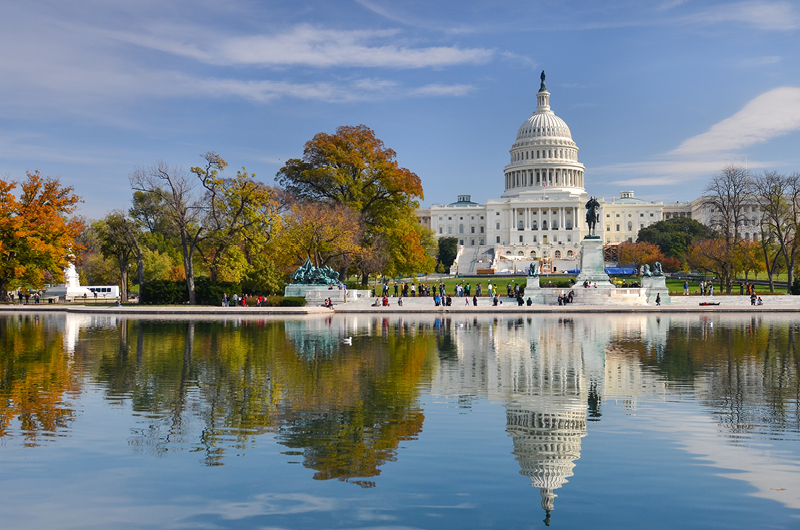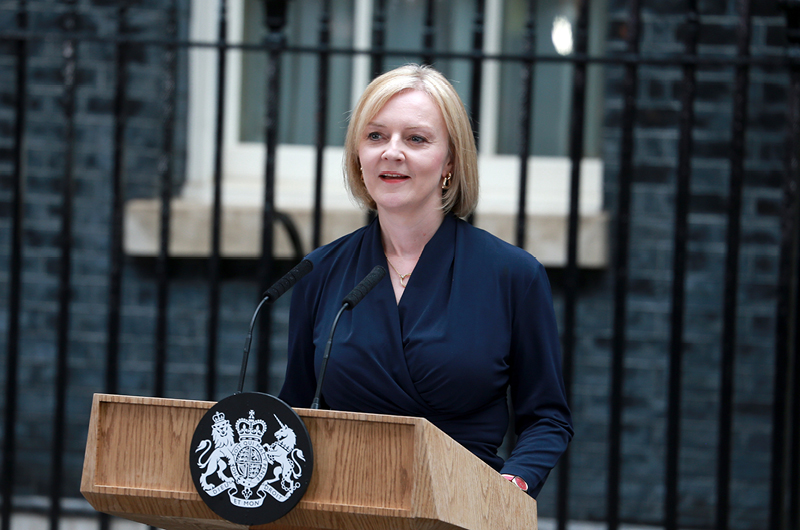FINANCIAL ADVICE CENTRE NEWS
Your Autumn Newsletter 2022
Market Overview

July saw markets on the front foot, finding comfort with inflation numbers in both the UK and Eurozone reporting in line with forecasts.
While headline inflation in the US topped estimates, it was comments from Federal Reserve (Fed) Chairman Jerome Powell that again provided markets with room to breathe, and a cause for optimism.
With markets living in fear of central banks raising rates more aggressively than anticipated, Powell’s statement that “it likely will become appropriate to slow the pace of increases while we assess how our cumulative policy adjustments are affecting the economy and inflation” was the catalyst assets were looking for to rally higher.
Early August saw inflation in the US come in significantly below forecasts of 9.1% at just 8.5%, the first time expectations have been missed for the downside for many months, and for a brief moment, it looked as though the rally may be here to stay.
However, it was once again comments from Jerome Powell that were a key driving force for market direction.
At the Jackson Hole symposium in late August, he reiterated that the bank remained committed to controlling inflation which would likely cause economic pain.
The point was made however, that this pain would be worse by doing nothing.

Positive US economic data continued throughout the quarter in the form of strong jobs data, an upwards revision to growth in household consumption and confirmation that the economy shrank by less than estimated in the second quarter, all of which would potentially give the Fed the ammunition to raise rates without fear of derailing the economy entirely.
While inflation came in at 8.3% in September, the lowest in four months, this was ahead of expectations, and growth in core inflation (a calculation that strips out the volatile energy and food components) showed that the Federal Reserve’s monetary policy moves so far have done little to dampen demand.
While there were few surprises on actual interest moves enacted by the Fed, the Bank of England (BoE) or the European Central Bank this quarter, the market reaction being driven so strongly by mere comments from senior bank officials proved just how much of a knife-edge markets find themselves at present.
Gross Domestic Product (GDP) data did little to clear the muddy waters.
US GDP fell by 0.9% in the second quarter of the year, following a 1.3% decline in the first quarter.
While two successive quarters of negative growth is the traditional definition of a recession, things are not so clear cut at present.
Many factors that would tend to indicate a recession such as a fall in consumer demand and rising unemployment just aren’t happening in the US right now, leading many to debate whether the country is in a recession or not.

Things were a little clearer in the UK with GDP for the second quarter being revised upwards to a gain of 0.2%, and initial estimates for July also showing 0.2% growth.
While the resignation of Boris Johnson as Prime Minister and leader of the Conservative party saw little market reaction, the first month of his replacement Liz Truss’ leadership was much more eventful.
In a mini-budget that Truss has done her best to distance herself from in the aftermath, new Chancellor of the Exchequer, Kwasi Kwarteng announced a raft of measures designed to stimulate growth.
While action on the energy price cap was nothing short of essential, it was the sheer depth of spending promised and the borrowing that would have to follow to fund it, that caused alarm.
The value of sterling tumbled, as did the prices of UK government debt, with pension companies moving into full panic mode.
In an about turn from their position as the biggest threat to markets in recent months with their monetary policy, it was the Bank of England who stepped in to calm markets, announcing a commitment to buying up swathes of government debt.
The situation we seem to find ourselves in where the government and central bank are pulling in different directions led the International Monetary Fund to issue a warning that “given elevated inflation pressures in many countries, including the UK, we do not recommend large and untargeted fiscal packages at this juncture, as it is important that fiscal policy does not work at cross purposes with monetary policy.”

In early July Japanese market events were overshadowed by the assassination of Shinzo Abe, the countries longest serving Prime Minister, who had only left office in 2020 on health grounds.
Japan stands as the lone developed market where its central bank is not moving interest rates higher.
As rates move higher, particularly in the US, the yen has weakened.
Just before the end of quarter, a further decline in the value of the yen caused the Ministry of Finance to step in and buy the yen and sell the dollar, to attempt to slow the decline.
One of the key reasons that the Bank of Japan sees no reason to increase rates is that headline inflation is running at just 3%, significantly below that of its developed market counterparts.
Japan’s economy grew at a faster rate in the second quarter than originally estimated.
An annualised rate of 3.5% was significantly above the initial reading of 2.2% and was driven higher by stronger business spending, highlighting an element of confidence among companies.
An increase in private consumption and a rise in net exports were also positive contributors.
China was a weak spot during the quarter as Premier Li stated it’s unlikely China will use “super large stimulus” to achieve their growth target, suggesting the nation will accept lower growth levels. At the same time, there was no mention of any change in China’s dynamic zero-COVID policy. While inflation in the country hit a two-year high in July at 2.7%, below the expected 2.8%, this gave investors little comfort.
Growth continues to be tempered by sporadic outbreaks of Covid that curtails both business and consumer spending.